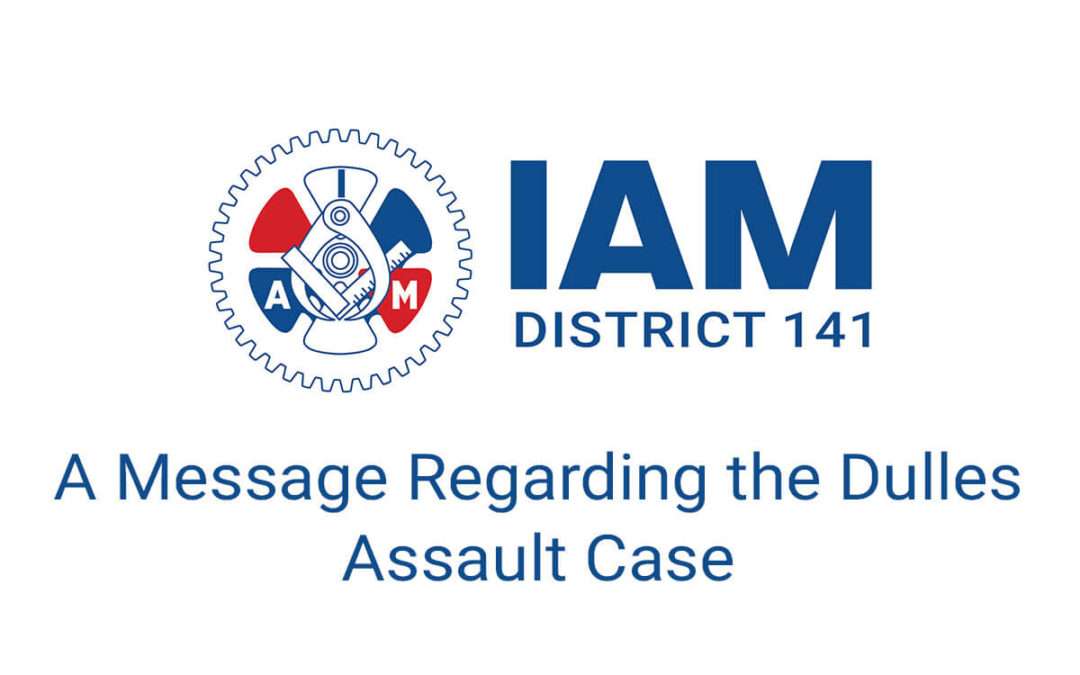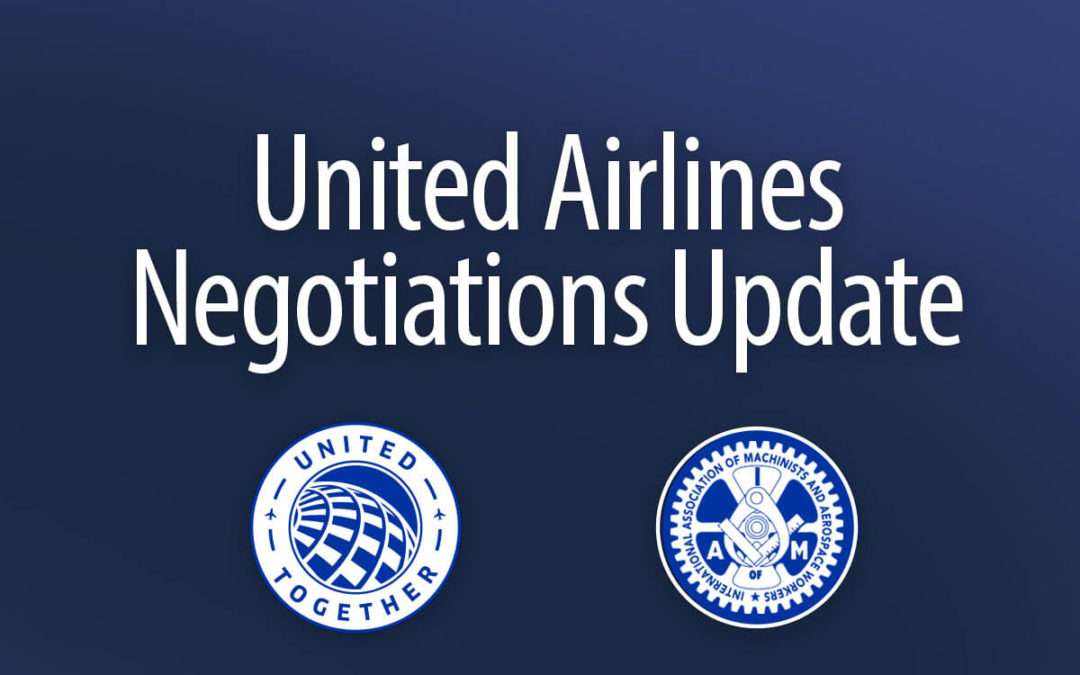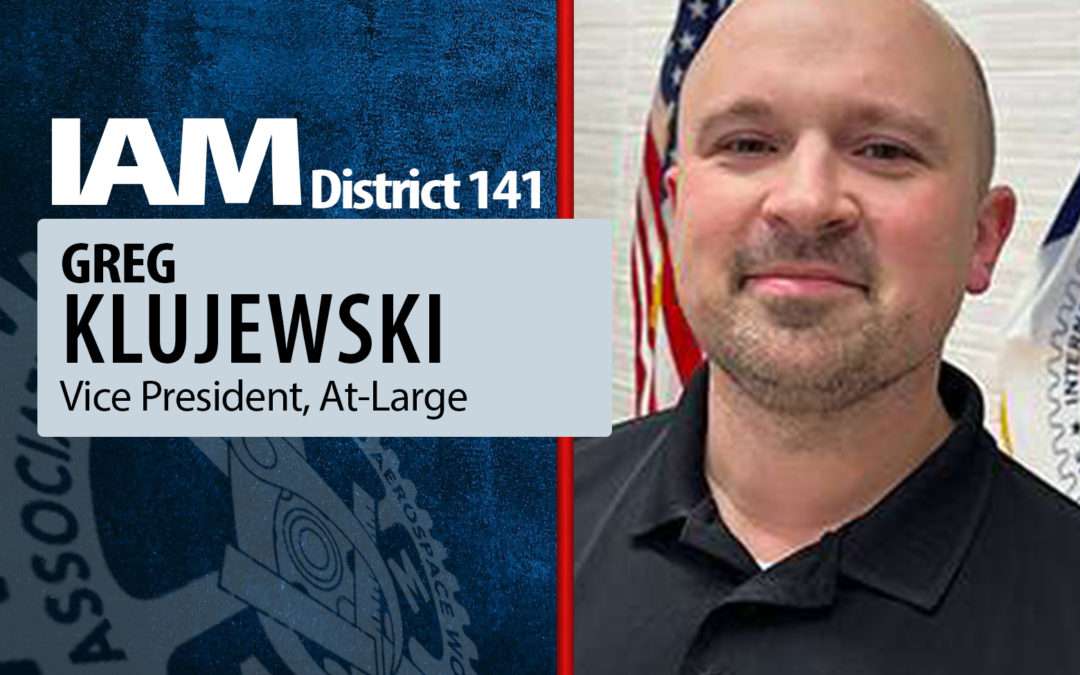Reality Check: The Fallacy of “Just Save More” and Why Union Protections Matter More Than Ever

Reality Check: The Fallacy of “Just Save More” and Why Union Protections Matter More Than Ever
Last month, T. Rowe Price issued recommendations on retirement savings that, while perhaps well-intentioned, come across as not only unrealistic but downright insulting to many working Americans. They suggest that by age 35, someone earning $60,000 annually should have saved between $60,000 and $90,000. By the time they reach 60, that savings should balloon to $750,000 to $1,100,000. These figures might work in theory, but for most, they’re nothing short of a fantasy.
T. Rowe Price proposes a plan that sounds deceptively simple: start saving early and increase your savings rate over time. They advise beginning with 6% of your income at age 25 and gradually bumping it up each year. According to them, this will help maintain your lifestyle in retirement without relying too heavily on Social Security. But this advice, while it might delight your inner stoic, completely disregards the financial realities faced by most people today.
To understand how out of touch this advice is, consider the stark difference between the average and median savings rates in the U.S. The average savings account balance might be over $65,000, but this figure is skewed by the ultra-wealthy. The median savings account balance—reflecting what most Americans actually have—is less than $8,000. This huge disparity highlights just how unrealistic these savings targets are for the vast majority of people.
Moreover, the cost of living paints a grimmer picture. The average rent in the United States is around $1,500 per month, and in many major markets, it’s much higher. For someone earning $60,000 a year, after taxes, they might have just over $30,000 left to cover all other expenses—food, transportation, healthcare, student loans, and more. Under these conditions, saving $60,000 to $90,000 by age 35, let alone $750,000 to over a million by age 60, is nearly impossible.
This advice also fails to account for the broader economic challenges many face, such as stagnant wages, rising living costs, and economic disruptions like the pandemic. These factors make it clear that the problem isn’t a lack of discipline or intelligence among workers but systemic issues that financial advisors often overlook.
The idea that young people can simply forgo the latest iPhones and $10 coffees to afford retirement is not just out of touch—it’s insulting. It suggests that financial struggles are the result of frivolous spending rather than real economic pressures. This perspective ignores the reality that many are doing their best just to make ends meet. It’s not about skipping a few luxuries; it’s about the fundamental affordability of living and saving in today’s economy.
In stark contrast, unionized workers often have access to defined benefit pension plans that provide a steady income in retirement. These pensions, secured through collective bargaining, offer a level of financial security that individual savings plans often can’t match. For union members, retirement isn’t just about scraping by—it’s about living with dignity and stability.
The message is clear: while saving money is important, it alone isn’t enough to ensure a comfortable retirement. Structural supports, like those provided by unions, are crucial in securing the kind of retirement that financial advisors dream about. It’s time for financial advice to align more closely with the realities of most Americans’ lives and recognize the importance of collective action in achieving financial security.
Related News
An Important Message Regarding the Dulles Assault Case
I am writing to provide an important update regarding the case of Christopher Crittenden, a former Montgomery County Fire & Rescue Service captain, who assaulted United Airlines Passenger Service Employee (PSE) Jerry Mauricio at Dulles (IAD) airport on March 13th...
United Airlines Negotiations Update for September 16, 2025
Our negotiating team and United Airlines management continued discussions for our seven collective bargaining agreements this past week in Chicago. We were joined by subcommittees for the Central Load Planners (CLP), who actively worked on their specific...
Greg Klujewski Appointed IAM District 141 Vice President At-Large
Greg Klujewski Appointed IAM District 141 Vice President At-LargeIAM141.org3 September 2025Union Leader and Educator empowering the next generation of Machinists Greg Klujewski, a longtime union activist from Local Lodge 1487, has been appointed Vice...
Stay up to date with all the latest news and information from the District 141 of the Machinists Union

Reality Check: The Fallacy of “Just Save More” and Why Union Protections Matter More Than Ever
13 May 2024
Last month, T. Rowe Price issued recommendations on retirement savings that, while perhaps well-intentioned, come across as not only unrealistic but downright insulting to many working Americans. They suggest that by age 35, someone earning $60,000 annually should have saved between $60,000 and $90,000. By the time they reach 60, that savings should balloon to $750,000 to $1,100,000. These figures might work in theory, but for most, they’re nothing short of a fantasy.
T. Rowe Price proposes a plan that sounds deceptively simple: start saving early and increase your savings rate over time. They advise beginning with 6% of your income at age 25 and gradually bumping it up each year. According to them, this will help maintain your lifestyle in retirement without relying too heavily on Social Security. But this advice, while it might delight your inner stoic, completely disregards the financial realities faced by most people today.
To understand how out of touch this advice is, consider the stark difference between the average and median savings rates in the U.S. The average savings account balance might be over $65,000, but this figure is skewed by the ultra-wealthy. The median savings account balance—reflecting what most Americans actually have—is less than $8,000. This huge disparity highlights just how unrealistic these savings targets are for the vast majority of people.
Moreover, the cost of living paints a grimmer picture. The average rent in the United States is around $1,500 per month, and in many major markets, it’s much higher. For someone earning $60,000 a year, after taxes, they might have just over $30,000 left to cover all other expenses—food, transportation, healthcare, student loans, and more. Under these conditions, saving $60,000 to $90,000 by age 35, let alone $750,000 to over a million by age 60, is nearly impossible.
This advice also fails to account for the broader economic challenges many face, such as stagnant wages, rising living costs, and economic disruptions like the pandemic. These factors make it clear that the problem isn’t a lack of discipline or intelligence among workers but systemic issues that financial advisors often overlook.
The idea that young people can simply forgo the latest iPhones and $10 coffees to afford retirement is not just out of touch—it’s insulting. It suggests that financial struggles are the result of frivolous spending rather than real economic pressures. This perspective ignores the reality that many are doing their best just to make ends meet. It’s not about skipping a few luxuries; it’s about the fundamental affordability of living and saving in today’s economy.
In stark contrast, unionized workers often have access to defined benefit pension plans that provide a steady income in retirement. These pensions, secured through collective bargaining, offer a level of financial security that individual savings plans often can’t match. For union members, retirement isn’t just about scraping by—it’s about living with dignity and stability.
The message is clear: while saving money is important, it alone isn’t enough to ensure a comfortable retirement. Structural supports, like those provided by unions, are crucial in securing the kind of retirement that financial advisors dream about. It’s time for financial advice to align more closely with the realities of most Americans’ lives and recognize the importance of collective action in achieving financial security.
Related

An Important Message Regarding the Dulles Assault Case
I am writing to provide an important update regarding the case of Christopher Crittenden, a former Montgomery County Fire & Rescue Service captain, who assaulted United Airlines Passenger Service Employee (PSE) Jerry Mauricio at Dulles (IAD) airport on March 13th...

United Airlines Negotiations Update for September 16, 2025
Our negotiating team and United Airlines management continued discussions for our seven collective bargaining agreements this past week in Chicago. We were joined by subcommittees for the Central Load Planners (CLP), who actively worked on their specific...

Greg Klujewski Appointed IAM District 141 Vice President At-Large
Greg Klujewski Appointed IAM District 141 Vice President At-LargeIAM141.org3 September 2025Union Leader and Educator empowering the next generation of Machinists Greg Klujewski, a longtime union activist from Local Lodge 1487, has been appointed Vice...





